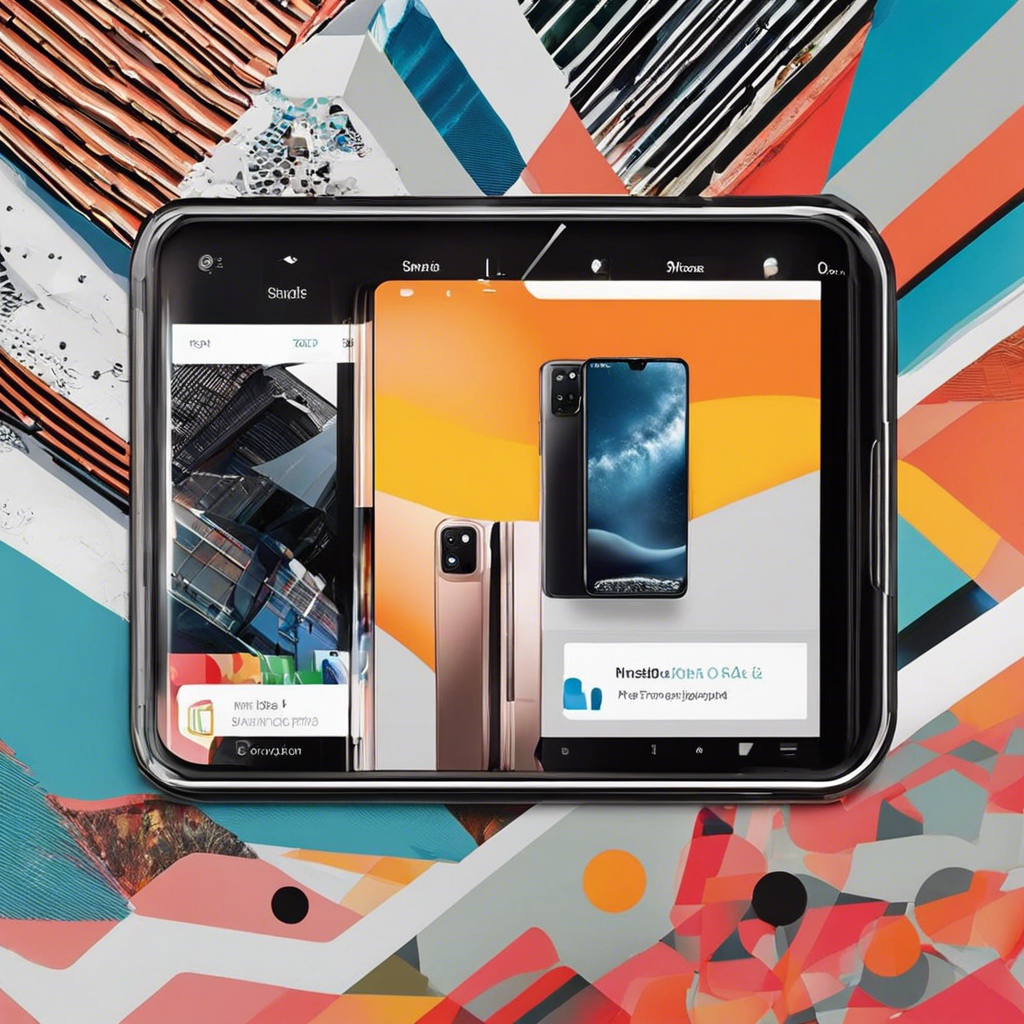Smartphone cameras have revolutionized photography, putting a powerful tool into the hands of enthusiasts and professionals alike. With each new model, these tiny lenses offer higher resolution, improved low-light performance, and more advanced features. But how can you ensure you’re getting the most out of your smartphone camera?
Firstly, understand your camera’s settings. Modern smartphones offer a range of shooting modes, from automatic to manual. Explore the options to gain control over exposure, focus, and white balance. You’ll be surprised at the creative possibilities that open up when you step away from the default settings. Many phones also offer a Pro mode, giving you access to advanced settings similar to a DSLR camera.
Composition is key to capturing captivating images. Familiarize yourself with the rule of thirds, a basic composition technique that divides your frame into a 3×3 grid, placing the subject at the intersections or along the gridlines for a more balanced and engaging shot. Leading lines are another compositional element to look for—roads, rivers, or other linear features that can guide the viewer’s eye through the image.
Lighting is critical in photography, so learn to see light and understand how it affects your images. Experiment with backlighting, side lighting, and front lighting to create different moods and effects. Golden hour, the hour before sunset, and blue hour, the time after sunset or before sunrise, offer soft, warm light that flatters any scene. Don’t be afraid of the dark—nighttime photography can capture the magic of light-painted streets or the starry night sky.
Get creative with your perspective. Try shooting from different angles—get down low or find a higher vantage point to add interest to your shots. Experiment with depth of field to draw focus to your subject, and don’t be afraid to get close and personal with your subject—most smartphone cameras excel at macro photography, capturing intricate details that the naked eye might miss.
Post-processing is an essential step to enhance your photos. Familiarize yourself with the basic editing tools, like cropping, adjusting exposure, and playing with colors, contrast, and sharpness. There are also countless photo editing apps available, offering an extensive range of filters and effects to transform your images. However, it’s essential to strike a balance and not over-edit, detracting from the authenticity of the image.
Lastly, practice makes perfect. The more you use your smartphone camera, the more comfortable you’ll become with its capabilities and limitations. So, get out there and start snapping—take photos of everything and experiment with different techniques. Before long, you’ll be capturing stunning images that rival any dedicated camera.
Remember, smartphone photography is an art, and with a little knowledge, practice, and creativity, you can turn your everyday device into a powerful tool for capturing memorable moments and creating stunning visual stories.
